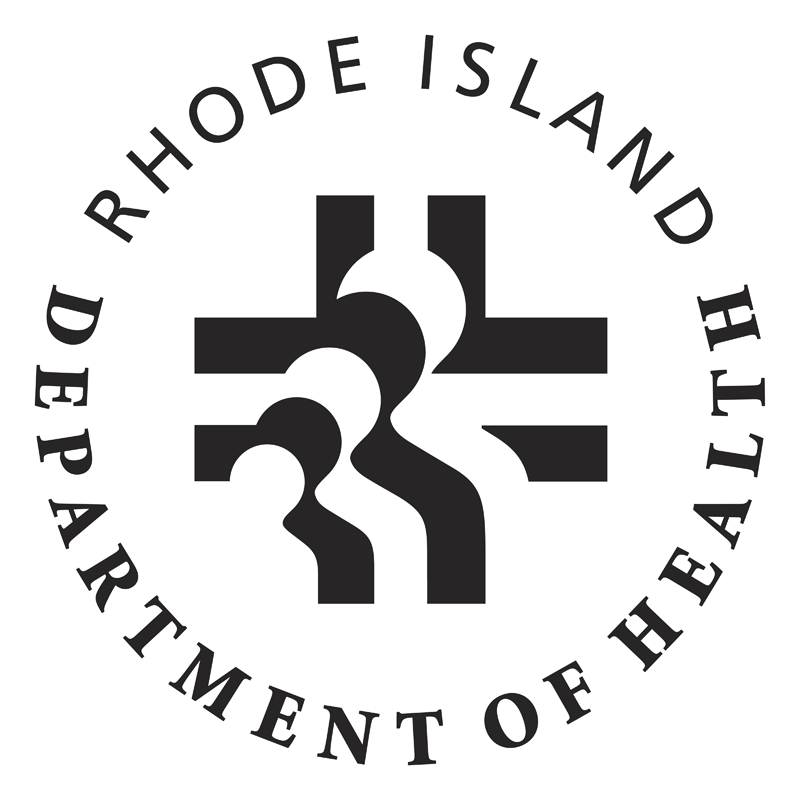 Rhode Island Department of Health
Rhode Island Department of HealthState of Rhode Island
Department of Health
 Rhode Island Department of Health
Rhode Island Department of HealthState of Rhode Island
Department of Health
Community engagement seeks to involve all sorts of people, in problem-solving or decision-making processes.
A Community Action Team is a group of people and organizations committed to creating and working toward a vision of a healthier place. A Community Action Team guides the community’s efforts and engages important stakeholders.
Engage a diverse set of partners across many disciplines. These can include health, urban planning, transportation, and food. It is also important to engage residents and people who work in the community. The Convergence Partnership Healthy People Healthy Places webinar series includes information on about engaging the right partners.
After creating the Community Action Team, engage additional residents, policy makers, business owners, and community organizations early in the process. This gives everyone the chance to participate in the data collection and action planning phases of the project.
Share the information you have with residents, policy makers, community organizations, and business owners. Explain the benefits and improved health outcomes that policy and environmental changes will bring. The Healthier Communities Guide provides evidence and studies that can be used to support your case.
Communication and feedback are essential parts of community engagement. Keep all parties informed about the project and its successes and setbacks.
Communicate in a way that resonates with stakeholders. The Convergence Partnership Healthy People Healthy Places webinar series discusses framing, language, and techniques in developing messages. The 27-9-3 Rule will help you make a persuasive pitch to hook your listeners.
Host a screening of the Place Matters segment of the Unnatural Causes documentary in your community. Use the Discussion Guide to lead a conversation about how place impacts health. Alternatively, host a screening of Designing Healthy Communities to discuss how other communities are creating healthier places. Contact the Department of Health to borrow these DVDs.
Learn about the principles of community engagement and involving residents in community planning. Use Involve’s People and Participation Guide to create a plan for engaging the public in a meaningful way.
Once you have built support for creating a healthier place, invite a wider circle of people to join your effort. Prepare an agenda that will allow attendees to shape the project vision, that will outline the steps in your process, and that will begin to foster community dialogue.
This will allow the Community Action Team to respond and make adjustments when necessary.
A good media strategy can generate ongoing support for your plan among residents, businesses, local organizations, and leaders. Know what types of media your audience consumes and frame your messages accordingly. A media advocacy strategy will help you keep your messages on target and will help you reframe any resistance to your efforts. The Center for Disease Control and Prevention (CDC)'s Media Access Guide teaches techniques and provides tools for working with the media. M+R has a variety of tools and resources to help you plan your media advocacy efforts.
There are many ways to ensure engage people in planning and decision-making processes. One way is a charrette. A charrette brings people together to review community needs and assets, identify priorities for action, develop potential solutions, and engage residents and other stakeholders in the decision-making process. The National Charrette Institute provides information and training on the charrette process. Pawtucket, North Kingstown, and South Kingstown used this process to create Community Action Plans.
Use your media and communication channels to share progress with your stakeholders and community.